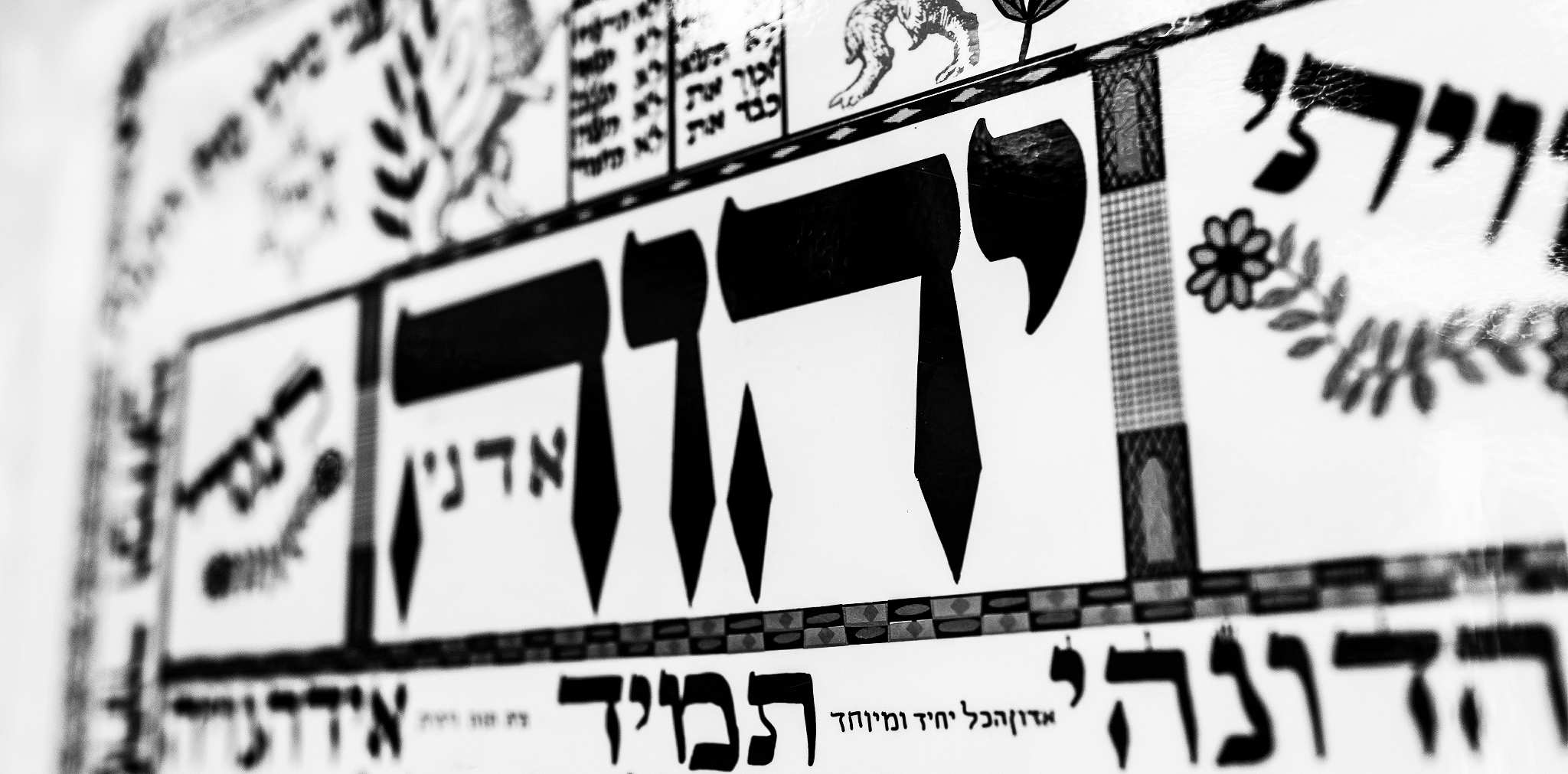 In our Torah portion for this Shabbat (i.e., parashat Terumah), God provides instructions about creating the great “Ark of the Covenant” (אֲרוֹן בְּרִית־יְהוָה). Note that the Hebrew text says “they shall make an ark of acacia wood” (Exod. 25:10). Unlike other furnishings of the Tabernacle that were made by Betzalel, the text uses the plural verb here: “they shall make an ark” (וְעָשׂוּ אֲרוֹן), which implies that every person had a part in upholding the Torah. More – each person had a part in the place of blood atonement offered upon the kapporet – the cover of the Ark – which again symbolizes that Yeshua offered his life for the sins of all who would trust in him (1 John 2:2).
In our Torah portion for this Shabbat (i.e., parashat Terumah), God provides instructions about creating the great “Ark of the Covenant” (אֲרוֹן בְּרִית־יְהוָה). Note that the Hebrew text says “they shall make an ark of acacia wood” (Exod. 25:10). Unlike other furnishings of the Tabernacle that were made by Betzalel, the text uses the plural verb here: “they shall make an ark” (וְעָשׂוּ אֲרוֹן), which implies that every person had a part in upholding the Torah. More – each person had a part in the place of blood atonement offered upon the kapporet – the cover of the Ark – which again symbolizes that Yeshua offered his life for the sins of all who would trust in him (1 John 2:2).
Note further that the Ark’s dimensions were given in fractional measurements, “half-cubits” used to describe its length, width, and height, as we read: “They shall make an ark of acacia wood (עֲצֵי שִׁטִּים); two cubits and a half (וָחֵצִי) shall be its length, a cubit and a half its breadth, and a cubit and a half its height” (Exod. 25:10). The sages comment that the “half-cubit” is symbolic of our fractional understanding, alluding to mystery and even paradox. “You shall overlay it with pure gold, inside and outside shall you overlay it, and you shall make on it a crown of gold (זֵר זָהָב) around it” (Exod. 25:11). The heart of the Tabernacle held the law of God, a picture of Yeshua who bore the law of God within his heart (Matt. 5:17-18). And though the Ark was made of wood from the common thorntree, it was covered inside and out with pure gold and bore a “crown” where the sacrificial blood was offered for atonement, a picture of Yeshua who clothed himself in our humanity, bore the crown of thorns, and shed his blood for our eternal atonement (Heb. 9:12).

